Most standard electric dryers require anywhere from 1,500 to 5,000 watts per hour, but the exact size of the generator needed to run an electric dryer depends on multiple factors. As you can see, electric dryers are some of the most power-hungry household appliances. If you are wondering what size generator is needed to run an electric dryer, you need to understand that whether you are preparing for a power outage or living off-grid, the generator should be able to run the electric dryer and accommodate surge wattage.
When living off-grid or in an area that faces frequent power outages, you can always rely on solar-powered generators. Jackery Solar Generators offer reliable output that helps you power your electric dryers. More importantly, these generators are portable, making it extremely easy to carry them around.
Key Takeaways
- Electric dryers consume high power, typically between 1,500W to 5,500W, with surge wattage reaching 8,000W to 12,000W.
- The cost of using an electric dryer varies as per the power source -- on-grid electricity comes at around $0.29 per hour, while diesel generators cost $0.70 per hour, and solar generators provide free energy once installed.
- With the right battery capacity and solar panel setup, power stations can power energy-efficient dryers, making them a sustainable and noise-free alternative to fuel-based generators.
- When sizing a generator, always factor in surge wattage, safety buffer, and additional household loads to ensure smooth operation and prevent overloading.
How Many Watts Does an Electric Dryer Use?
Electric dryers average consume between 1,500W to 5,000W per hour, but the energy consumption depends on the type, size, and efficiency. Most standard household dryers usually consume 4,000W to 5,000W, whereas the compact and latest energy-efficient ones may use lower wattages.
How Many Starting & Running Watts Does an Electric Dryer Use?
Just like most high-power appliances, such as a well pump or air conditioner, electric dryers have two wattage ratings: starting and surge.
The starting or running wattage is the power the dryer needs to operate once it has started. However, when the electric dryer is turned on, it requires a sudden spike in power that helps in activating the heating element and motor. This surge wattage can be 2 to 3 times higher than the running wattage and lasts for only a few seconds before it settles into a continuous operating state.
For instance, a standard electric dryer with a running wattage of 5,000W may have a surge wattage of around 9,000W. This sudden spike in power happens because the electric dryer’s heating coils and motor need an initial jolt of energy to overcome inertia before it reaches the steady-state operation.
Here’s how many watts electric dryers use so you can understand what size generator is needed to run electric dryers:
|
Dryer Type |
Running Wattage (W) |
Surge Wattage (W) |
|
Gas Dryers |
300W - 800W |
600W - 1,500W |
|
Electric Dryers |
4,000W - 5,500W |
8,000W - 12,000W |
|
Front Load Dryers |
3,000W - 5,000W |
6,000W - 10,000W |
|
Top Load Dryers |
4,000W - 5,500W |
8,000W - 12,000W |
|
Standard Vented Dryers |
4,000W - 5,500W |
8,000W - 12,000W |
|
Ventless Condenser Dryers |
2,000W - 3,500W |
4,000W - 7,000W |
|
Ventless Heat Pump Dryers |
1,500W - 3,000W |
3,000W - 6,000W |
Note: The wattage ranges provided are approximate and can vary based on specific models and manufacturers.
How Much Energy is Needed to Run an Electric Dryer?
The energy consumption of an electric dryer depends on multiple factors, but a standard one consumes between 1.5kWh to 5.5kWh, but this can be lower for energy-efficient models or if you are using ventless heat pump dryers. When we are calculating the energy consumption to run an electric dryer, there are several things that we need to consider, like:
- Dryer Type: Traditional vented electric dryers use 4,000W to 5,500W, while heat pump dryers consume roughly 1,5000W to 3,000W.
- Heating Element Efficiency: More efficient heating coils consume less electricity while drying clothes faster.
- Drying Load & Time: If you have added a larger load, you will require more energy. At the same time, it will also require more time and energy to dry.
- Moisture Sensors & Auto Shutoff: Energy-efficient electric dryers automatically reduce drying time by shutting off once clothes are dry.
- Ventilation: Clogged vents or poor airflow increase energy consumption because the dryer has to run longer to remove moisture.
The energy an electric dryer consumes directly depends on its power rating and the duration of use. It is calculated by the following formula:
Energy (kWh) = [Wattage (W) x House of Use (h)]/1000
With this formula, you can easily calculate the energy usage of different dryers.
Types of Generators Suitable for Electric Dryers
As you can see from the above table, most electric dryers require a high-wattage power source, which makes it crucial to question what size generator is needed to run an electric dryer. However, before finalizing the size of the generator, you should understand which type of generator is suitable for your needs.
The right type of generator depends on factors such as fuel type, power output, portability, and efficiency. Here are a few generator types that most people use when it comes to running an electric dryer during long-term power outages:
Portable Generator for Electric Dryer
A portable generator is a diesel-powered unit widely used for various applications. These generators typically provide 5,000W to 12,000W, which makes them suitable for standard electric dryers. However, they require manual startup and have a higher usage cost.
Inverter Generator for Electric Dryer
Inverter generators are more fuel-efficient and quieter than conventional models, which offer cleaner energy with stable sine wave output. However, most inverter generators offer low-wattage (2,000W - 4,500W), which makes them unsuitable for electric dryers.
Standby Generator for Electric Dryer
A standby generator is a permanent backup power solution that automatically turns on during a power outage. The major downside of using a standby generator is that you need to get it installed when you are constructing your house, and since they are fixed at a place, you cannot take it with you during camping or outdoor adventures.
Solar Generator for Electric Dryer
Solar generators use stored solar energy to provide backup power. With advancements in Lithium-ion batteries and MPPT charge controllers, most modern solar generators can store surplus energy during the day and provide a reliable power source when needed. While traditional electric dryers have high energy demands, if you have an essential home backup solution, like Jackery Solar Generator 5000 Plus, then with its expandable battery capacity, you can power standard electric dryers with ease.

What Size Generator to Run Electric Dryer
When it comes to answering what size of generator is needed to run electric dryers, the first thing you need to understand is that dryers have both running wattage and surge wattage. Since most electric dryers consume between 4,000W to 5,500W and the surge demand reaches close to 8,000W, the generator must provide sufficient power to prevent tripping and overloading. At the very same time, a buffer should also be taken into account that would ensure how the generator operates without being pushed to its limit.
Here’s a step-by-step guide to understanding what size of essential home backup solution is needed to run electric dryers:
Step 1: Find the Running Wattage
The very first step in finding the right size of generator is to understand the continuous power required to keep the electric dryer running. This information is mostly available on the brand’s website or even on the backside of your dryer.
For example, a 1,500W electric dryer runs at 1,500W continuously, and that’s why:
Running Wattage = 1,500W
Step 2: Determine the Surge Wattage
As mentioned above, almost all of the electric dryers have a higher power demand at startups, which is usually 2x to 3x of the running wattage. Considering the 1,500W electric dryer:
Surge Wattage = Running Wattage x 2.5 = 1,500W x 2.5 = 3,750W
This means that the 1,500W electric dryer would require at least 3,750W to start up.
Step 3: Add a Safety Buffer
One way to improve the longevity of any generator is to ensure that it is not running at 100% capacity. Always add a 20% buffer to prevent overheating and wear and tear, which leads to smooth operation.
Minimum Generator Size = Running Wattage + (Running Wattage * 0.2) = 1,500W + (1,500W *0.2) = 1,800W
So, if we do not account for the surge wattage, then for a 1,500W, the minimum recommended size is 1,800W. However, if we consider the surge wattage calculated in Step 2, the minimum size required would be 4,500W.
Step 4: Account for Additional Loads
If you intend to use different appliances alongside your electric dryer, then it is better to account for them beforehand. Let’s suppose, you wish to run television (150W) and multiple lights (100W) when you are using the generator for an electric dryer. In such cases:
- Total Additional Load = 150W + 100W = 250W
- Dryer’s Total Wattage = 1,800W + 250W = 2,050W
So, if you consider only the additional load and 20% buffer, a 1500W electric dryer would require at least 2,050W to run continuously. However, if you also account for the surge wattage, you require a generator that produces at least 4,500W.
How to Calculate Cost Per Hour Usage of Electric Dryer
When a diesel generator is used to run an electric dryer, it is bound to have a significant impact on your pocket.
Below is a breakdown of different electric dryers, their energy consumption, and the cost of running them on both grid electricity and diesel power. In order to have a clearer cost per hour usage, we have accounted that:
- A 10kW diesel generator at 50% load consumes 0.53 gallons per hour.
- As per the EIA, the cost of diesel in February 2025 was $3.68 per gallon.
- The average electricity rate in the United States in February 2025 was ¢16.26kWh.
|
Electric Dryer Type |
Electric Dryer Wattage |
Usage Duration |
Energy Used |
Grid Cost |
Diesel Cost |
Solar Generator Cost |
|
Electric Dryer |
1800W |
1 hour |
1.8kWh |
$0.29 |
$0.70 |
$0.00 |
|
Electric Dryer |
1800W |
2 hours |
3.6kWh |
$0.58 |
$1.40 |
$0.00 |
|
Gas Dryer |
400W |
1 hour |
0.4kWh |
$0.065 |
$0.16 |
$0.00 |
|
Gas Dryer |
400W |
2 hours |
0.8kWh |
$0.13 |
$0.31 |
$0.00 |
|
Front Load Dryer |
3000W |
1 hour |
3.0kWh |
$0.48 |
$1.17 |
$0.00 |
|
Front Load Dryer |
3000W |
2 hours |
6.0kWh |
$0.97 |
$2.34 |
$0.00 |
|
Top Load Dryer |
5,600W |
1 hour |
5.6kWh |
$0.91 |
$2.18 |
$0.00 |
|
Top Load Dryer |
5,600W |
2 hours |
11.2kWh |
$1.82 |
$4.37 |
$0.00 |
If you run a 1,800W electric dryer using a diesel generator for 2 hours daily, the operating cost would amount to $1.40 per day, $42 per month, and $504 annually, which would significantly add to your overall utility expenses. If you are looking for an affordable and essential home backup solution to run your electric dryer that involves only initial investment and no ongoing expenses like fuel costs, then you can always check out solar-powered generators.
Best Jackery Solar Generator to Run Electric Dryer
Jackery has redefined off-grid and backup power solutions, making portable solar energy more accessible, efficient, and reliable for those looking for eco-friendly power solutions. While traditional generators rely on fuel, produce emissions, and require frequent maintenance, Jackery Solar Generators offer a clean, silent, and renewable alternative.
If you are tired of paying hefty amounts against your diesel generator usage and looking for a noise-free solution, here is the recommended generator from Jackery for solar-powered dryers:
Jackery Solar Generator 5000 Plus
Jackery Solar Generator 5000 Plus is a high-capacity, eco-friendly essential home backup solution designed to meet substantial energy demands. With a high continuous output, it can effectively power electric dryers and other essential household appliances. The generator’s portability is enhanced by a compact design, which allows for easy relocation if needed.
Appliance Working Hours
- Electric Dryer (4000W) = 1.1H
- Front Load Dryer (3000W) = 1.4H
- Top Load Dryer (4000W) = 1.1H
- Standard Vented Dryer (4000W) = 1.1H

Customer Review
“The entire 5000 plus bundle arrived within 3 days of ordering it. High-quality product with amazing power generation capabilities.” -- SM.
What Size Generator Needed to Run Electric Dryer FAQs
Can a standby generator power an electric dryer?
Yes, a standby generator of 6,5000 to 7,000W provides a sufficient wattage rating to handle the standard electric dryer of 1500W. However, if you have a 7.5kW+ generator, it will be capable of running an electric dryer along with other household appliances.
How many watts are needed to run an electric dryer?
Most standard electric dryers consume between 1,500W and 1,800W during operation. However, larger and more advanced models, especially those with steam drying and moisture sensors, may use up to 5,500W.
What voltage is needed for an electric dryer?
Most electric dryers in the United States and other regions are rated at 240 volts. This 240V supply is delivered through a dedicated double-pole circuit breaker in the home’s electrical panel. Some compact and energy-efficient models may run on 120V, but these are typically less powerful and take longer to dry clothes.
How many amps does an electric dryer use?
For standard models ranging from 1,500W to 5,500W, the dryer typically draws between 7.5 and 30 amps. The amp value is calculated when we divide Volts by Watts. So, if you have a 1,500W dryer at 240V, then it would draw 6.25A. Similarly, a 5,000W dryer on 240V would draw 20.8A.
How much does it cost to run a dryer for 1 hour?
A 1,800W dryer connected to a grid power supply would cost around $0.29 per hour to operate. When using a diesel generator, the expense jumps to approximately $0.70 per hour, which makes it a costlier option for frequent use.
Conclusion
Most people wonder what size generator is needed to run electric dryers, and as you could see, there are multiple factors that you need to keep in mind when you are calculating the size of the generator. Having said that, the cost of using a diesel-based generator falls on the upper side and is also not recommended for use indoors. If you plan to use an electric dryer in outdoor settings and want an essential home backup solution, check out Jackery Solar Generators. These high-capacity solar generators offer reliable backup solutions, making them a good option during emergencies or outdoor living.
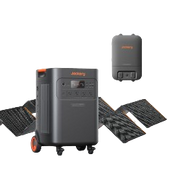
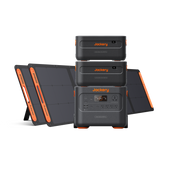
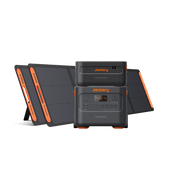
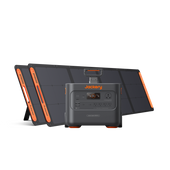

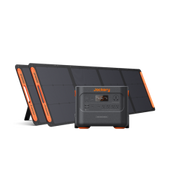
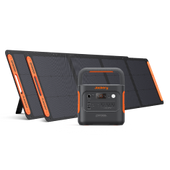

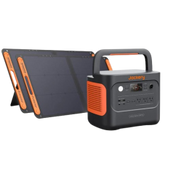
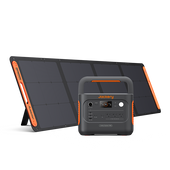
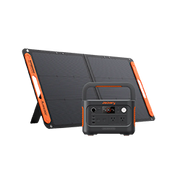

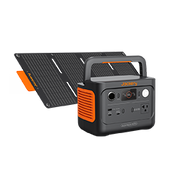
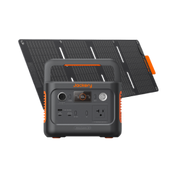
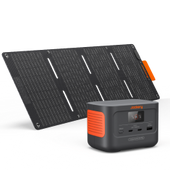
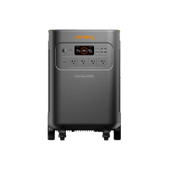

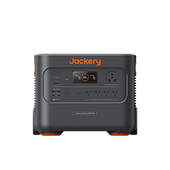
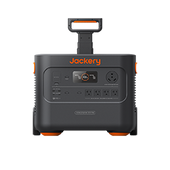
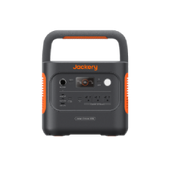
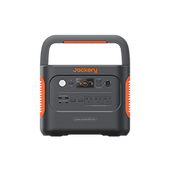
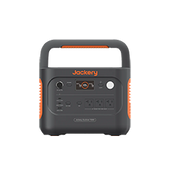
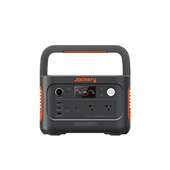
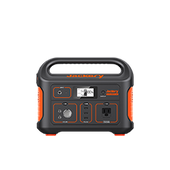


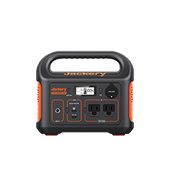
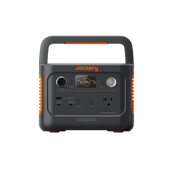
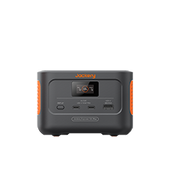



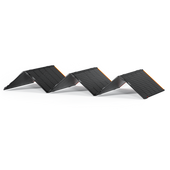

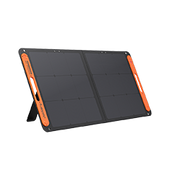
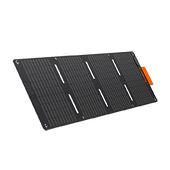
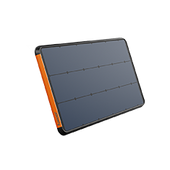
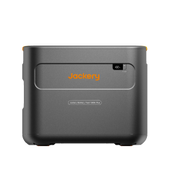
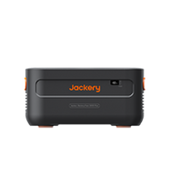
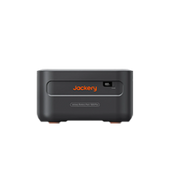

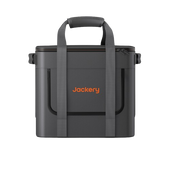
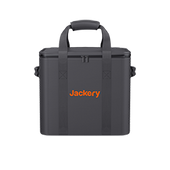
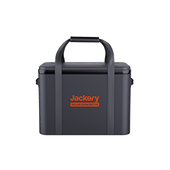
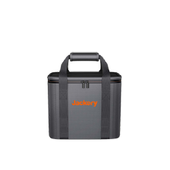
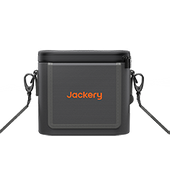
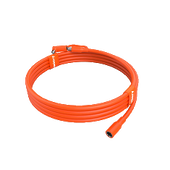

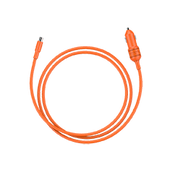

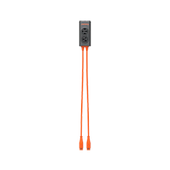
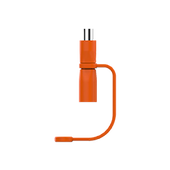
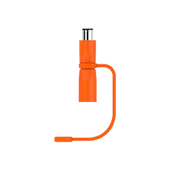
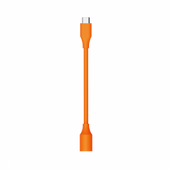
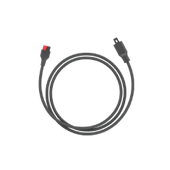
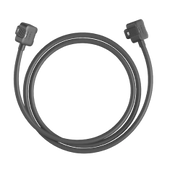
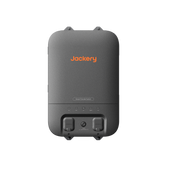
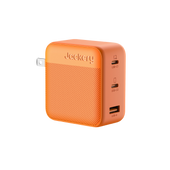

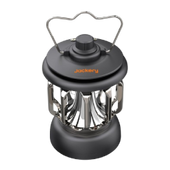


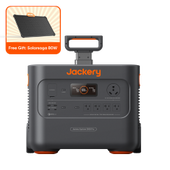
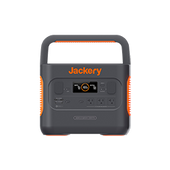
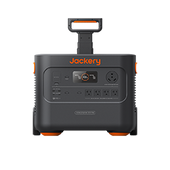
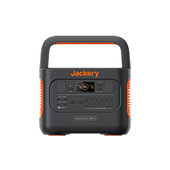
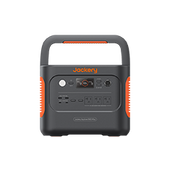
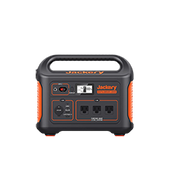

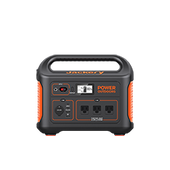
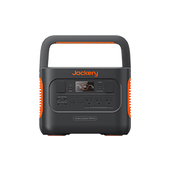
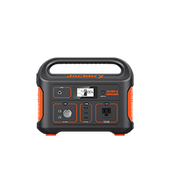

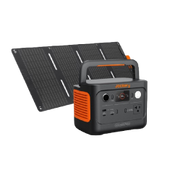
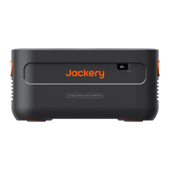
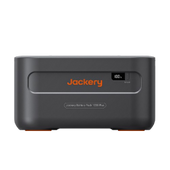


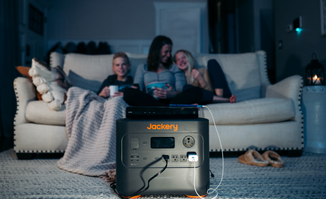

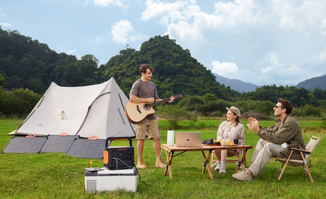
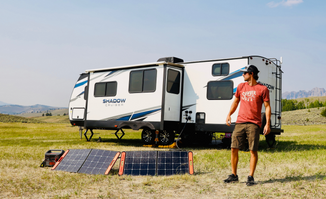

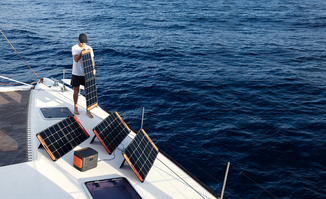
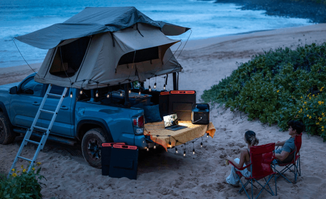
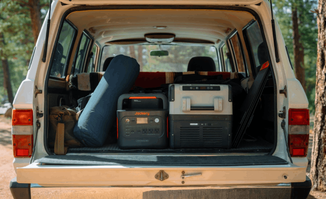





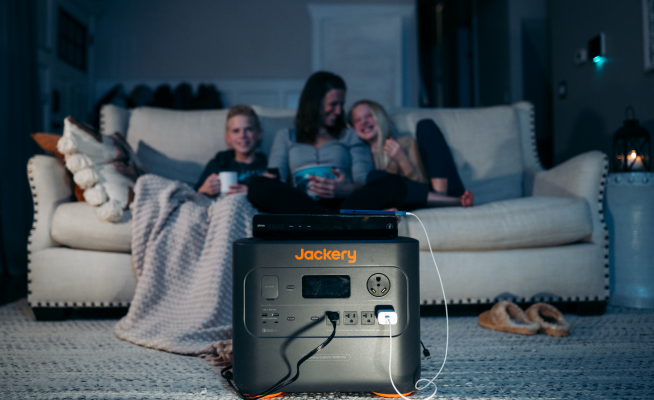

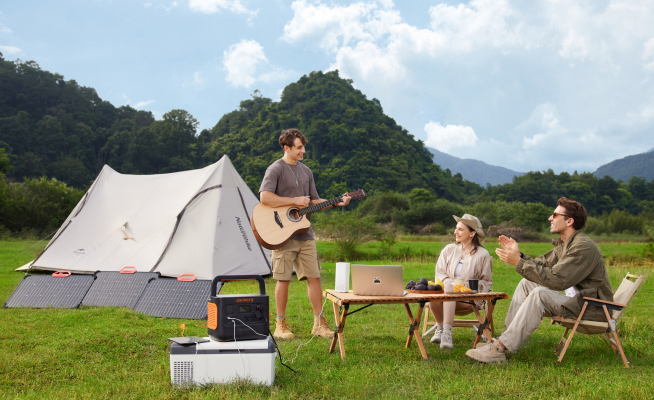
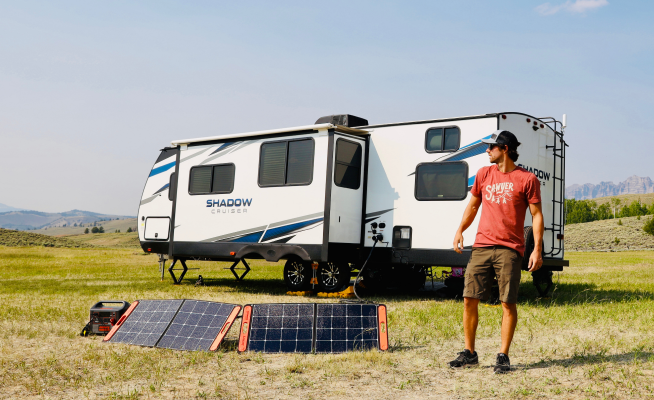

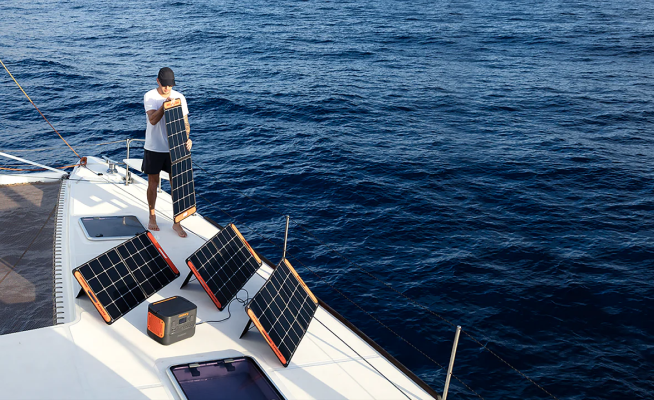
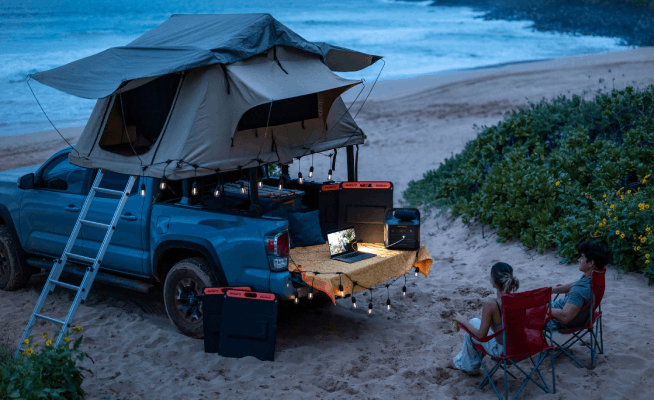
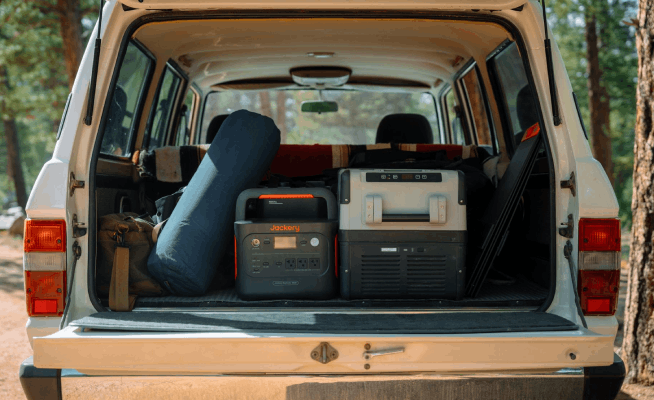

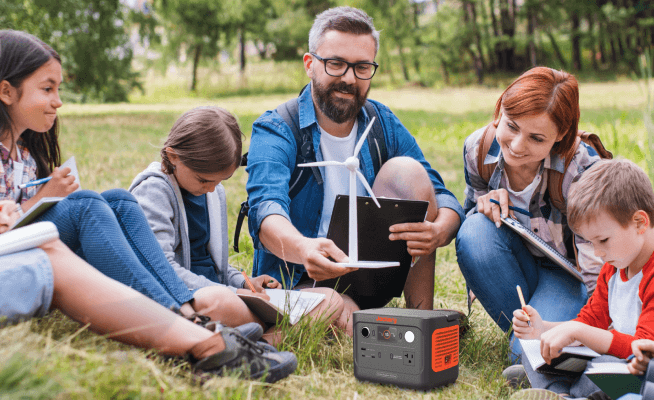











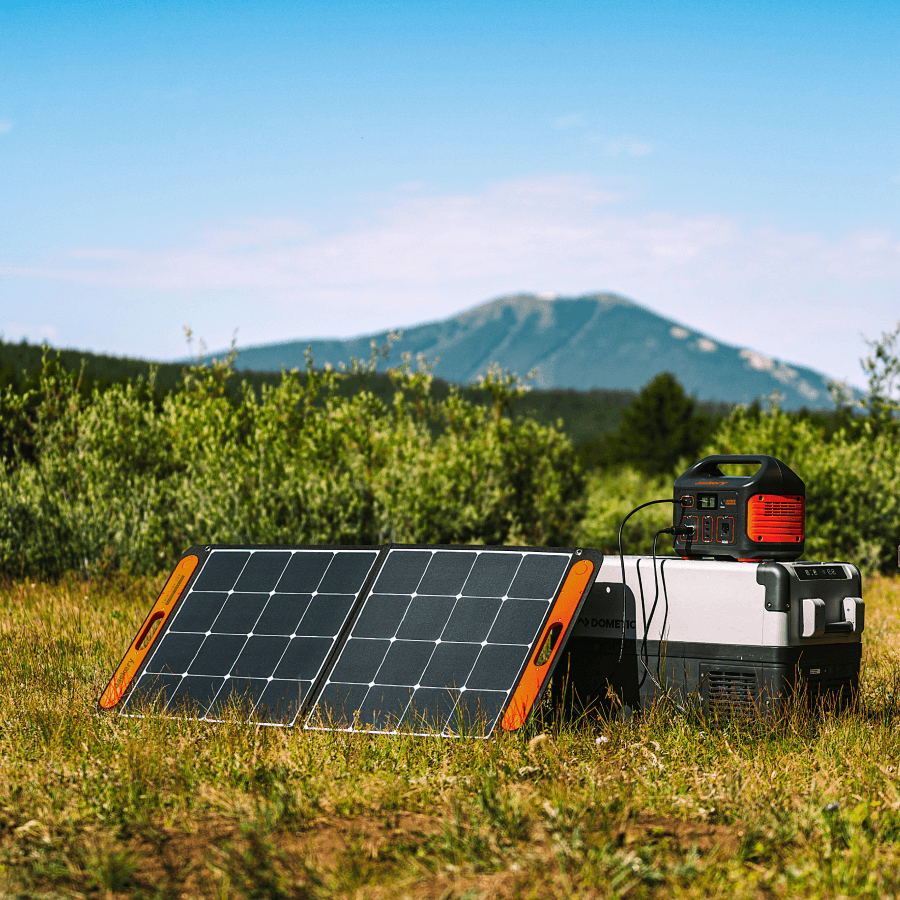
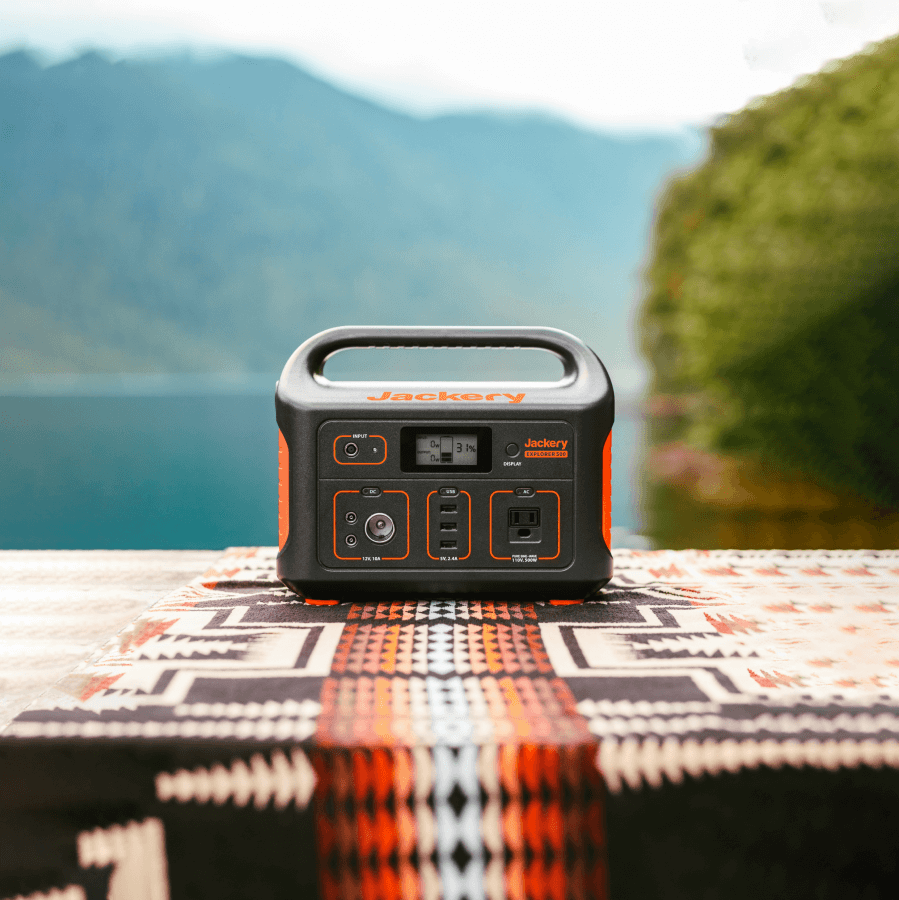
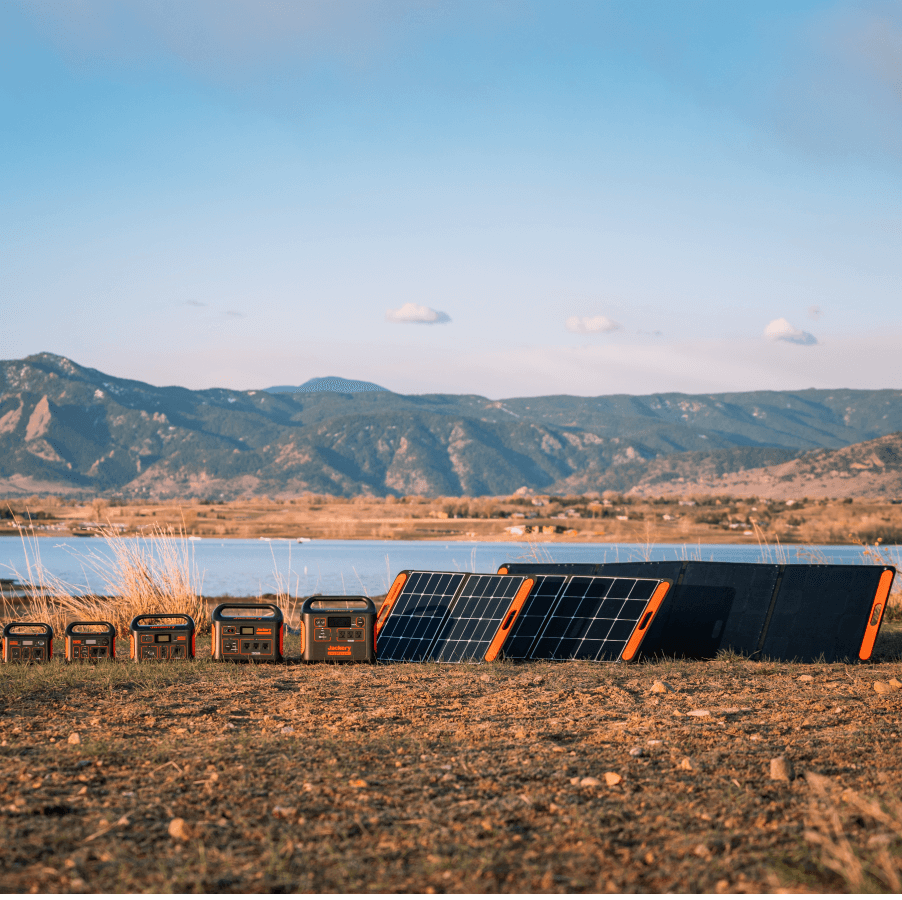

Leave a comment